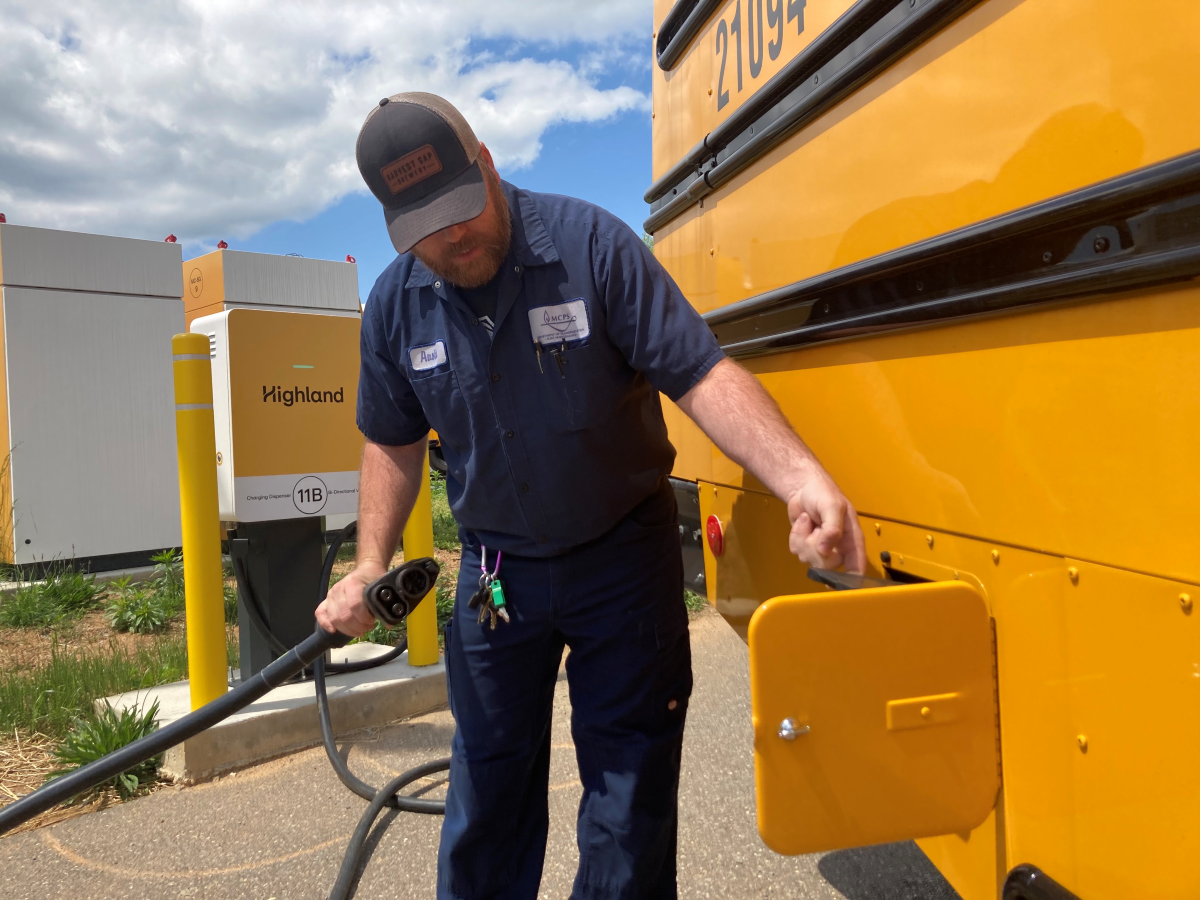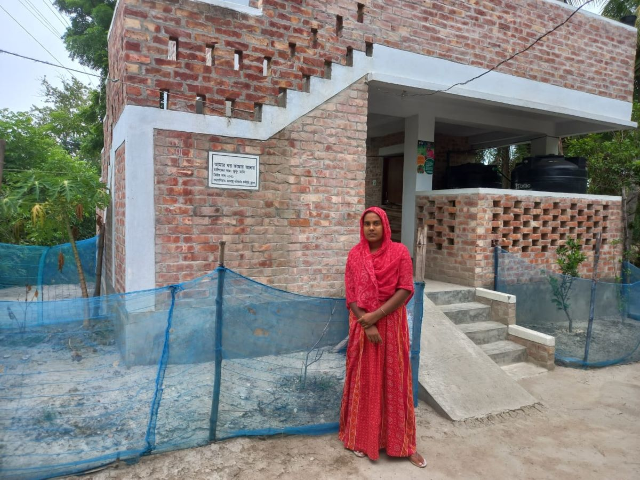|  | Know better. Do better. |  | Climate. Change.News from the ground, in a warming world |
|
| | Macron makes a roadmapAs the dust settled on the whirlwind Paris Summit for a New Global Financing Pact last Friday afternoon, it was a glass half-full, half-empty moment. In attempting to shed some light on what happened for our readers, I opted for the former characterisation.
Why? Because after following climate finance discussions - and disappointments - for many years, it does feel as though we may be on the cusp of a breakthrough - or, as Barbados Prime Minister Mia Mottley put it in her opening speech, a transformation rather than just reform.
The heads of the world's biggest development finance institutions were there, saying the right things about making their capital work better for countries on the frontlines of poverty and climate change. Also in the room - and dominating the conversation - were African heads of state and Brazil's President Lula. Some leaders of G7 countries, including the United States, Britain and Canada, were conspicuous by their absence.
In that sense, it was a departure from business as usual - and while climate justice campaigners blamed wealthy governments for passing the funding buck to multilateral institutions and the private sector, perhaps that's where realistic hope lies of finding the bulk of the money needed for a low-carbon, climate-resilient world.
It’s worth noting too that the summit hosts have issued a proposed roadmap with a timeframe, built on upcoming international gatherings, for getting the stuff agreed in Paris done. .png/640w) Michael C. Austin, lead technician with the Montgomery County Public Schools Department of Transportation, plugs in an electric school bus in Rockville, Maryland, in April 2023. Thomson Reuters Foundation/Carey L. Biron |
Virtual power plantsOn the ground, where the real solutions are being rolled out, there's no shortage of innovation either.
This past week, we've covered two very different examples that could make a real difference to communities under pressure from climate-driven disasters in the United States and Bangladesh.
In Maryland, Montgomery County already has the largest fleet of electric school buses in the United States, where half a million buses will need to be upgraded. The idea is also to use the vehicles as "batteries on wheels" that can send power back to the grid to ease peak demand, help the clean energy transition and keep critical infrastructure running when the mains supply fails or can't cope in extreme weather.
Bidirectional charging involving electric vehicles is part of a broader discussion around how rising battery use – including for solar power storage – can stabilise electrical grids and boost energy resilience, drawing on networks known as "virtual power plants".
"This shiny object of the future is really becoming a reality," Katherine Stainken of the nonprofit Electrification Coalition tells our correspondent Carey L. Biron.  Khuku Moni, 35, poses before her house built with the support of the development organisation BRAC that protects her family as well as her neighbours from seasonal storms, June 8, 2023, Thomson Reuters Foundation/ Md. Tahmid Zami |
Safer homes on a shoestringOver in Bangladesh, meanwhile, architects are seeking cheap and practical methods to build homes that can better cope with floods and storms.
Khuku Moni's family used to live in a tin-shed home in the south that was badly damaged by Cyclone Amphan in 2020, leaving only one room intact - but now they have a two-storey brick house, funded and built by Bangladeshi development agency BRAC, designed not only to withstand strong winds but also to shelter neighbouring families during storms and equipped with water tanks that collect and filter rainfall.
And up in the north, co-founder of architectural firm URBANA, Kashef Chowdhury, consulted with locals in creating elevated dwellings around a manmade body of water - which keeps them safe from flooding while providing access to rainwater.
"A low budget pushes us to think. We cannot just go for the (most) available but costly designs. We instead have to come up with effective solutions that are affordable for our economy," he explains.
How do we unlock solutions like these on the grand scale needed? Tune in for a London Climate Action Week event this Friday, organised by the International Institute for Environment and Development, where I'll be part of the online panel discussing the "hidden handbrakes" holding back progress.
See you then or next week,
Megan |
|
|
| | With limited capital and rising costs, small enterprises lose out as India expands solar power plants and manufacturing | Seaweed farming in the Philippines, increasingly led by women, is a lifeline to poor coastal families often hit by disasters | Electric buses ideal as energy banks, providing revenue for owners and reducing reliance on fossil fuel plants | Lightning strikes are increasing in India due to global warming and air pollution - with people living in rural areas most at risk | Global summit in Paris hopes to rebuild trust between rich and poor nations on climate and development financing | The world needs fresh ideas - and funding sources - to chart a path ahead amid climate change, inflation, debt and war | Applied to global trade, the Carbon Border Adjustment Mechanism seeks to force down industry emissions to curb climate change | |
| | | | | | |
|